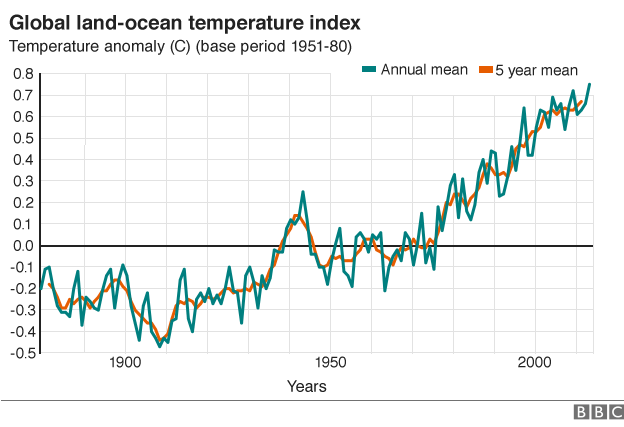Emissions Reduction Plan
The Emissions Reduction Plan of 2016 morphed into the Clean Growth Plan of early 2017, then the Clean Growth Strategy which was published by BEIS on 12 October 2017.
On 20 July 2016, the government approved the fifth carbon budget, which requires UK emissions to fall 57% below 1990 levels by 2032. While the UK is on course to meet its first three carbon budgets, the government must close the gap between the UK’s projected emissions and the level set by the fourth and fifth budgets.
BEIS is due to publish its Emissions Reduction Plan in 2017. The Emissions Reduction Plan will aim to set out how the UK will:
- reduce emissions over the 2020s
- meet its carbon budgets to 2032 (57% reduction on 1990 levels)
- stay on track for its 2050 target to reduce emissions by at least 80% on 1990 levels.
The UK has made good progress on decarbonising the National Grid. However, it has only made very limited progress on decarbonising heating and cooling which still relies largely on combustion of gas, coal, oil and biomass to generate heat. Combustion releases CO2. There are now alternatives based on heat transfer and heat storage in the ground between summer and winter.
The Committee on Climate Change has already published its advice in "Next Steps for UK Heat Policy" in which it gives a ringing endorsement to the use of heat pumps for low-carbon heating.
What should the UK Government do now?
Individuals, and individual companies, will not benefit directly from reducing their own carbon emissions – unless others do so too. Thus the responsibility for reducing the UK's carbon emissions rests squarely with the Government – because only a collective approach will make a difference.
It is the UK Government which has backed the Paris Agreement and it now needs to take real steps to reduce carbon emissions from heating and cooling. The UK is very unlikely to reach its current carbon reduction targets without concerted action from Government.
Next steps for the Government
The pressing needs for the UK are to:
- to continue to decarbonise electricity generation (which is progressing well)
- and to decarbonise heating and cooling of buildings.
To decarbonise heating we need to put a stop to combustion of carbon compounds. The elegant alternative is to use heat transfer for heating. That means using heat pumps now.
Energy Recycling is the Ultimate Energy Saving Measure
Does the Government yet recognise that ground source energy and recycling solar heat through the ground (from summer to winter) is the surest route to saving energy and reducing carbon emissions from heating?
Does the Government yet recognise that ground source energy and recycling cold through the ground (from winter to summer) is the surest route to saving energy and reducing carbon emissions from cooling?
The Committee on Climate Change report calls for energy saving and joined up thinking. Let's hope the Government can see the connection between renewable heating and renewable cooling, because energy recycling is the ultimate energy saving measure: joined-up heating.
How much of the Non-Domestic RHI Budget has been spent on Heat Pumps?
The Government has spent £550m on non-domestic RHI to reduce carbon emissions from heating non-domestic buildings. The amount spent on heat pumps so far is just £7.5 million over four years across England, Scotland and Wales: less than £2 million a year.
The Government has suggested that subsidies for renewable energy should be reduced in times of austerity.
The subsidy on reduced VAT for domestic energy bills for gas, coal and oil in the UK was calculated at £3,971 million for 2011 by the OECD.
Can we hope that the Government will see fit to begin to redress this balance in the light of the UK's support of the Paris Agreement?
Silver Bullet for Decarbonisation of Buildings
It has been said that "there is no silver bullet for the decarbonisation of buildings". We disagree. The Silver Bullet is called "ground source energy". The UK needs to adopt a policy of joined-up heating and cooling based on thermal energy storage in the ground and heat transfer.
See Ground Source Heating See Ground Source Cooling See Ground Source Energy

